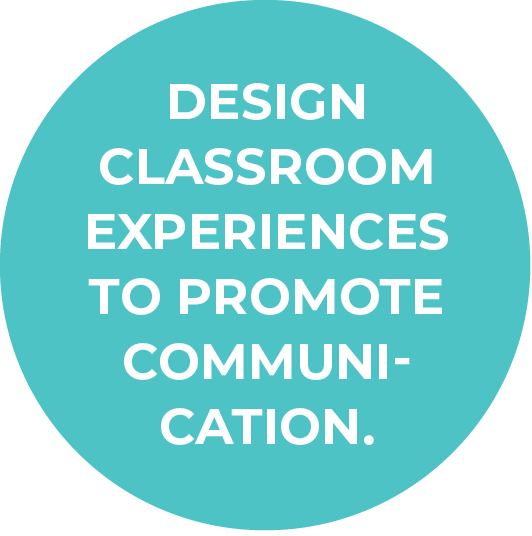Breakthroughs: Communicating Communication

Brianne Souder teaches foundations of art and ceramics at Rising Sun High School in Cecil County. An art educator for 18 years, she loves helping students discover their artistic potential and the mental health benefits of the visual arts. She is Cecil County’s 2023-2024 Teacher of the Year.
I was the child who came home from school ready to share every aspect of my day—from what we did to the color of my teacher’s shoes. Communication has rarely been a challenge for me; however, being an active listener is still something I work on today. I recently took my ceramics students on a field trip to our community college for a raku firing of their pottery. In talking with the professors, I asked what skill or ability they felt incoming students are lacking. They unanimously replied, “Communication skills!” which got me thinking about what has changed in students and what educators can do to help them become better communicators.

Challenges with communication today extend beyond students simply being “shy” or “quiet.” Today’s students have grown up in a culture where methods of communication have immensely changed and directly impact their ability to communicate. They struggle with a lack of listening skills and formal communicative experiences, fear of judgement, low self-confidence, and limited vocabulary. I have also observed an increase in high school students struggling to regulate their emotions under pressure. It has never been more essential to design classroom experiences that promote communication and active listener skills than it is today.
In my art room, communication comes in multiple forms, so all students strengthen their abilities in the ways most comfortable to them. Formal critique of each other’s work requires students to provide constructive, evidence-supported criticism. Redirecting opinions as questions to other students such as, “I see how you could interpret it that way, does anyone disagree? Why?” both acknowledge they are being heard while teaching students to be active listeners. Being an active participant in the process by conversing with students is an effective way of modeling communication skills while getting to know them. I use small group discussions about complex artists so students can mirror my active listener skills and react to each other’s insights while developing respect for personal opinions.
Connecting students with people outside their comfort zones promotes communication and respect for others. My ceramics students recently participated in an intergenerational pen pal writing exchange with the senior community center ceramics program. Students strengthened formal letter-writing skills, a lost art indeed, while responding to stories and inquiries shared by their senior pen pal.

As my ceramics classes are a mix of all levels, we share information by passing on suggestions for success between the groups. Students share their self-discoveries throughout a ceramic process so that others benefit from their experiences. Informal activities like warm-up discussions, where everyone can have a response, help all students who are less comfortable talking in front of a class. Drawing students’ names at random (I use popsicle sticks) helps everyone’s voice get heard and briefly brings the quietest students out of their comfort zones. At the same time, I demonstrate being an active listener by specifically referencing what students say, for example, “I really like how she used the word ‘energizing’ to describe the piece.” To select students to retrieve materials, I use a “who” question, such as “Who lives farthest from school?” to provide a quick structured, small group conversation—this fosters the development of relationships, establishing connections, and maintaining classroom management.
Modeling and intentionally teaching students to be active listeners leads to stronger communication skills; it says: “I hear what you are saying, and I understand what you are saying.” Designing diverse classroom activities that support these skills impacts student success and personal growth and helps students feel supported. When students feel supported, they are more comfortable expressing their own opinions and ideas and will value their own thoughts and feelings when they know others, like their teachers and their peers, value them as well.

